Home>Home Appliances>Bathroom Appliances>What Can I Put In My Foot Spa
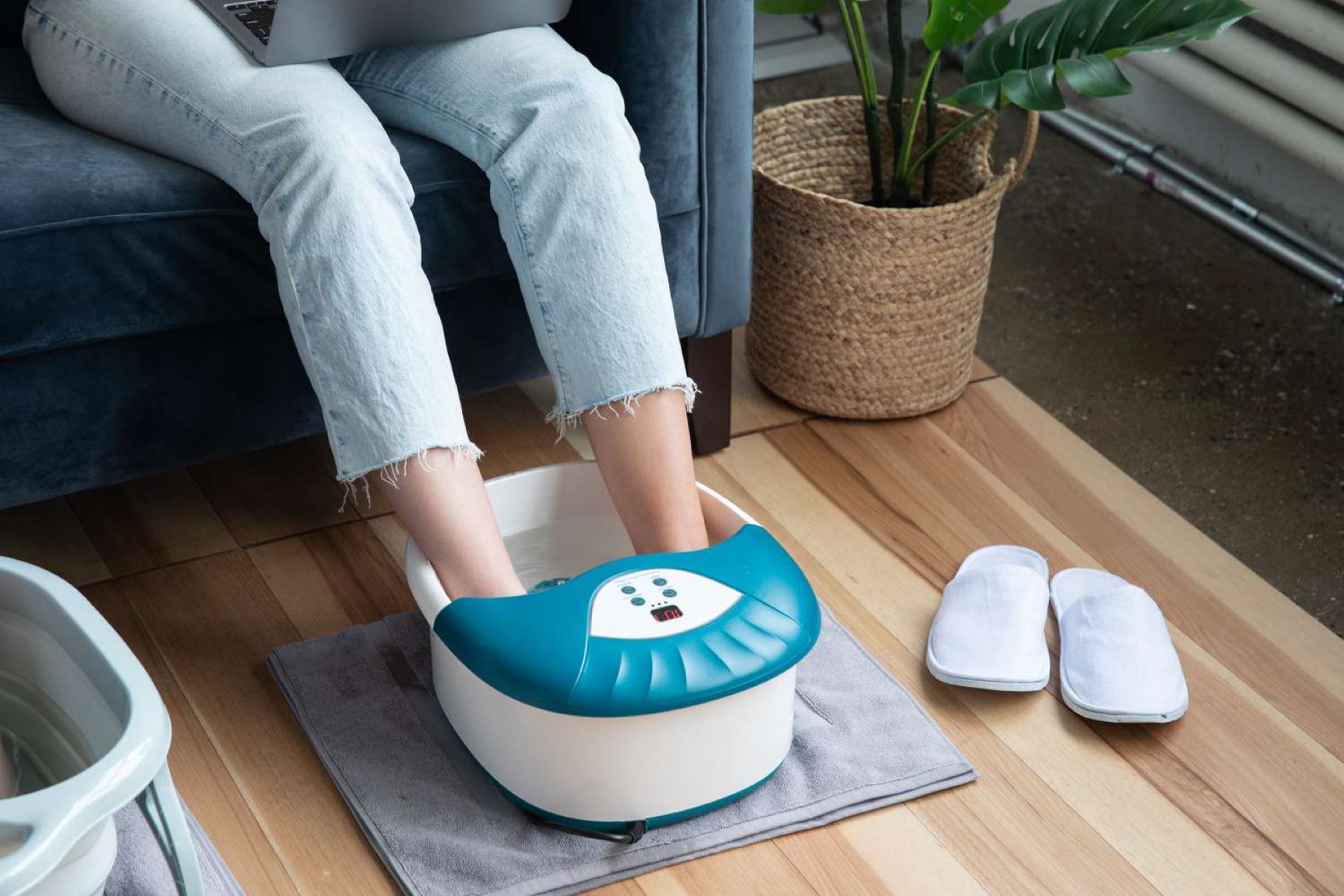

Bathroom Appliances
What Can I Put In My Foot Spa
Published: February 16, 2024
Discover the best items to include in your foot spa for a luxurious and rejuvenating experience. Explore a range of bathroom appliances to enhance your at-home spa day.
(Many of the links in this article redirect to a specific reviewed product. Your purchase of these products through affiliate links helps to generate commission for Storables.com, at no extra cost. Learn more)
Epsom Salt
Epsom salt, also known as magnesium sulfate, is a versatile and popular additive for foot spas. Its natural properties make it an excellent choice for soothing tired feet and promoting relaxation. When dissolved in warm water, Epsom salt releases magnesium and sulfate ions, which can be absorbed through the skin. This process can help alleviate muscle tension, reduce swelling, and improve overall foot health.
Read more: What To Use In A Foot Spa
Benefits of Epsom Salt in Foot Spas
-
Muscle Relaxation: Epsom salt is renowned for its ability to relax muscles and relieve tension. When added to a foot spa, it can provide a soothing and rejuvenating experience, especially after a long day of standing or walking.
-
Reduced Inflammation: The anti-inflammatory properties of Epsom salt make it an ideal choice for individuals dealing with foot pain or swelling. By soaking the feet in an Epsom salt solution, it's possible to experience relief from discomfort and inflammation.
-
Improved Circulation: The warm water and Epsom salt combination can help enhance blood circulation in the feet, promoting better overall foot health and reducing the risk of circulation-related issues.
How to Use Epsom Salt in a Foot Spa
To create an Epsom salt foot soak, simply fill a basin or foot spa with warm water and add a generous amount of Epsom salt. A ratio of approximately one cup of Epsom salt to one gallon of water is commonly recommended. Stir the water to ensure the salt dissolves completely, and then immerse your feet in the soothing solution for 15-20 minutes. For an added touch of luxury, consider incorporating essential oils or dried herbs into the foot soak for an aromatic and therapeutic experience.
Precautions
While Epsom salt is generally safe for most individuals, it's essential to consult with a healthcare professional, especially if you have any underlying health conditions or concerns. Additionally, if you have diabetes or poor circulation, it's crucial to monitor the water temperature to avoid any potential complications.
Incorporating Epsom salt into your foot spa routine can be a simple yet effective way to pamper your feet and promote relaxation. Whether you're seeking relief from muscle tension, inflammation, or simply aiming to indulge in a rejuvenating self-care ritual, Epsom salt can be a valuable addition to your foot spa experience.
Key Takeaways:
- Soothe your tired feet with Epsom salt in a foot spa. It relaxes muscles, reduces inflammation, and improves circulation, providing a luxurious and rejuvenating experience for your at-home pampering ritual.
- Elevate your foot spa experience with essential oils. From relaxation and skin nourishment to pain relief and antimicrobial properties, essential oils offer a sensory escape and potential health benefits for your feet.
Essential Oils
Essential oils have long been revered for their aromatic and therapeutic properties, making them a popular choice for enhancing the foot spa experience. These concentrated plant extracts are known for their diverse benefits, ranging from relaxation and stress relief to skin nourishment and mood enhancement. When incorporated into a foot spa, essential oils can elevate the overall sensory experience while offering potential health and wellness advantages.
Read more: What Is The Best Foot Spa
Benefits of Essential Oils in Foot Spas
-
Aromatherapy: Essential oils are renowned for their aromatic qualities, which can have a profound impact on mood and emotions. When used in a foot spa, the inhalation of these fragrant oils can promote relaxation, reduce stress, and create a calming ambiance, enhancing the overall spa experience.
-
Skin Nourishment: Many essential oils possess moisturizing and skin-nourishing properties. When diluted in water, they can help soften and hydrate the skin on the feet, making the foot spa session not only relaxing but also beneficial for foot care.
-
Antimicrobial and Antifungal Properties: Certain essential oils, such as tea tree oil and lavender oil, are known for their antimicrobial and antifungal properties. When added to a foot spa, these oils may help combat foot odor, fungal infections, and bacteria, contributing to improved foot hygiene.
-
Pain Relief and Muscle Relaxation: Some essential oils, such as peppermint oil and eucalyptus oil, are valued for their analgesic and muscle-relaxing properties. When combined with warm water in a foot spa, these oils can provide a soothing sensation, potentially alleviating foot discomfort and muscle tension.
How to Use Essential Oils in a Foot Spa
To incorporate essential oils into a foot spa session, simply fill the basin or foot spa with warm water and add a few drops of the desired essential oil. It's important to note that essential oils are highly concentrated, so a little goes a long way. Popular choices for foot spas include lavender oil for relaxation, peppermint oil for a refreshing sensation, and tea tree oil for its antimicrobial properties.
After adding the essential oil to the water, gently swirl the mixture to disperse the oil evenly. As you immerse your feet in the fragrant water, take deep breaths to inhale the aromatic vapors, allowing the therapeutic scents to envelop your senses and promote a sense of tranquility.
Precautions
While essential oils can offer numerous benefits, it's essential to use them with caution. Some individuals may have sensitivities or allergies to certain essential oils, so it's advisable to perform a patch test before using a new oil. Additionally, pregnant women and individuals with specific health conditions should consult with a healthcare professional before using essential oils in a foot spa.
Incorporating essential oils into your foot spa ritual can transform a simple self-care practice into a luxurious and rejuvenating experience. Whether you seek relaxation, skin nourishment, or a sensory escape, the addition of essential oils can elevate your foot spa session, leaving you feeling refreshed and revitalized.
Vinegar
Vinegar, a pantry staple with a myriad of household uses, also holds a special place in foot care and relaxation. Its acidic nature and potential health benefits make it a compelling choice for inclusion in foot spa treatments. When diluted in warm water, vinegar can offer a refreshing and invigorating experience, contributing to foot health and overall well-being.
Read more: What Does A Foot Spa Do
Benefits of Vinegar in Foot Spas
-
Foot Odor Control: Vinegar's acidic properties can help combat foot odor by creating an environment less conducive to the growth of odor-causing bacteria. This makes it an effective natural remedy for individuals dealing with persistent foot odor issues.
-
Skin Exfoliation: The mild acidic nature of vinegar can aid in gentle exfoliation, helping to remove dead skin cells and promote smoother, softer feet. This can be particularly beneficial for individuals with rough or calloused skin on their feet.
-
Relaxation and Rejuvenation: The addition of vinegar to a foot spa can create a refreshing and rejuvenating sensation, offering a unique sensory experience that contributes to relaxation and overall foot comfort.
How to Use Vinegar in a Foot Spa
To incorporate vinegar into a foot spa session, begin by filling a basin or foot spa with warm water. Next, add a small amount of vinegar, such as apple cider vinegar or white vinegar, to the water. A ratio of approximately 1 part vinegar to 2 parts water is commonly recommended. This dilution ensures that the vinegar is gentle on the skin while still offering its beneficial properties.
Once the vinegar is added, gently mix the water to ensure proper dispersion. Then, immerse your feet in the soothing solution and allow the refreshing sensation of the vinegar-infused water to envelop your senses. The foot spa session can last for 15-20 minutes, providing ample time for the vinegar to work its magic on your feet.
Precautions
While vinegar can offer various benefits for foot care, it's important to exercise caution, especially for individuals with sensitive skin. If you have any cuts, sores, or open wounds on your feet, it's advisable to avoid using vinegar in the foot spa, as it may cause discomfort or irritation. Additionally, individuals with certain skin conditions or allergies should perform a patch test before fully immersing their feet in a vinegar-infused foot soak.
Incorporating vinegar into your foot spa routine can introduce a refreshing and invigorating element to your self-care regimen. Whether you're seeking to combat foot odor, promote skin exfoliation, or simply indulge in a revitalizing foot spa experience, the addition of vinegar can elevate your at-home pampering ritual, leaving you with refreshed and rejuvenated feet.
Baking Soda
Baking soda, a versatile household ingredient renowned for its myriad uses, extends its benefits to foot care and relaxation when incorporated into foot spa treatments. This humble yet powerful compound, scientifically known as sodium bicarbonate, possesses properties that can contribute to foot health, comfort, and overall well-being.
Read more: Can You Use A Foot Spa When Pregnant
Benefits of Baking Soda in Foot Spas
-
Exfoliation and Softening: Baking soda's gentle abrasive nature makes it an excellent exfoliant for the skin. When added to a foot spa, it can help slough off dead skin cells, promoting smoother and softer feet. This exfoliating action is particularly beneficial for individuals dealing with rough or calloused skin on their feet, offering a simple yet effective way to enhance foot texture and appearance.
-
Neutralizing Foot Odor: Baking soda is renowned for its ability to neutralize odors, making it a valuable ally in combating foot odor. By creating an environment less conducive to the growth of odor-causing bacteria, baking soda can help refresh and deodorize the feet, providing a welcome relief for individuals dealing with persistent foot odor issues.
-
Soothing and Relaxing: The addition of baking soda to a foot spa can create a soothing and relaxing sensation, contributing to a more enjoyable and therapeutic experience. The gentle fizzing action of baking soda in warm water can offer a subtle massage-like effect, providing a comforting and rejuvenating feel for tired and achy feet.
How to Use Baking Soda in a Foot Spa
To incorporate baking soda into a foot spa session, begin by filling a basin or foot spa with warm water. Next, add a few tablespoons of baking soda to the water, ensuring that it dissolves completely. The ideal ratio is approximately 1-2 tablespoons of baking soda per gallon of water, providing a gentle yet effective concentration for the foot soak.
Once the baking soda is added, gently stir the water to ensure proper dispersion. Then, immerse your feet in the soothing solution and allow the gentle fizzing and softening properties of the baking soda-infused water to envelop your senses. The foot spa session can last for 15-20 minutes, allowing ample time for the baking soda to work its magic on your feet.
Precautions
While baking soda is generally safe for most individuals, it's important to be mindful of any skin sensitivities or allergies. If you experience any discomfort or irritation during or after the foot spa session, discontinue use and rinse your feet thoroughly. Additionally, individuals with specific foot conditions or concerns should consult with a healthcare professional before incorporating baking soda into their foot care routine.
Incorporating baking soda into your foot spa ritual can introduce a simple yet effective way to enhance foot health and comfort. Whether you're seeking exfoliation, odor control, or a soothing foot spa experience, the addition of baking soda can elevate your at-home pampering ritual, leaving you with refreshed and rejuvenated feet.
Herbal Tea
Herbal tea, derived from the infusion of various plants, herbs, and spices, offers a delightful and aromatic addition to foot spa experiences. Beyond its reputation as a soothing beverage, herbal tea can be harnessed for its potential benefits in promoting relaxation, rejuvenation, and foot health. The infusion of herbal tea in a foot spa creates a sensory journey that engages the senses while potentially contributing to overall well-being.
Read more: How To Use A Foot Spa
Benefits of Herbal Tea in Foot Spas
-
Aromatherapy: The aromatic essence of herbal tea can evoke a sense of tranquility and relaxation, setting the stage for a serene foot spa experience. The subtle yet captivating fragrance of herbal tea can create a calming ambiance, allowing individuals to unwind and escape from the stresses of daily life.
-
Skin Nourishment: Certain herbal teas, such as chamomile and green tea, are known for their skin-nourishing properties. When used in a foot spa, these teas can impart gentle hydration and promote a rejuvenating sensation, contributing to the overall health and appearance of the skin on the feet.
-
Antioxidant Benefits: Many herbal teas contain antioxidants, which can help combat free radicals and promote skin health. When the feet are immersed in an antioxidant-rich herbal tea infusion, the skin may benefit from the protective and rejuvenating properties of these compounds.
-
Relaxation and Stress Relief: The act of indulging in a foot spa with herbal tea infusion can serve as a form of self-care and relaxation. The warmth of the tea-infused water, combined with its aromatic allure, can create a tranquil environment that encourages stress relief and a sense of well-being.
How to Use Herbal Tea in a Foot Spa
To incorporate herbal tea into a foot spa session, begin by brewing a strong infusion of your chosen herbal tea. Allow the tea to steep and cool to a comfortable temperature. Once the tea is ready, pour it into the basin or foot spa, ensuring that the water level is sufficient to cover the feet.
As you immerse your feet in the herbal tea-infused water, take a moment to savor the aromatic essence and embrace the soothing warmth. Allow the herbal tea infusion to envelop your senses, creating a serene and indulgent experience that promotes relaxation and rejuvenation.
Precautions
While herbal tea infusions are generally safe for external use, it's important to consider any potential allergies or sensitivities to specific herbs or plants. Individuals with known allergies should exercise caution and perform a patch test before fully immersing their feet in a herbal tea foot soak. Additionally, pregnant individuals and those with specific health conditions should consult with a healthcare professional before incorporating herbal tea infusions into their foot spa routine.
Incorporating herbal tea into a foot spa session can elevate the sensory experience, offering a harmonious blend of relaxation, aromatherapy, and potential skin benefits. Whether you seek a tranquil escape, skin nourishment, or a sensory indulgence, the infusion of herbal tea can transform your foot spa ritual into a rejuvenating and aromatic journey, leaving you with refreshed and revitalized feet.
Aloe Vera Gel
Aloe vera, often referred to as the "plant of immortality," has been treasured for centuries for its versatile and beneficial properties. The gel extracted from the leaves of the aloe vera plant is renowned for its soothing, hydrating, and healing attributes, making it a valuable addition to foot spa treatments. When incorporated into a foot spa, aloe vera gel offers a myriad of potential benefits, ranging from skin nourishment and hydration to relief from discomfort and irritation.
Benefits of Aloe Vera Gel in Foot Spas
-
Hydration and Moisturization: Aloe vera gel is rich in moisture and contains a plethora of vitamins, minerals, and antioxidants that can help nourish and hydrate the skin. When applied to the feet in a foot spa, the gel can impart a refreshing and rejuvenating sensation, potentially softening and revitalizing dry or tired skin.
-
Soothing and Cooling Sensation: The natural cooling properties of aloe vera gel can provide a soothing and calming effect, making it an ideal choice for individuals seeking relief from discomfort, irritation, or fatigue in their feet. The gentle, refreshing sensation of aloe vera gel can contribute to a more comfortable and enjoyable foot spa experience.
-
Skin Repair and Renewal: Aloe vera gel is renowned for its potential to support skin repair and renewal. When used in a foot spa, the gel may aid in promoting the regeneration of skin cells, potentially contributing to improved foot health and appearance.
-
Antioxidant and Anti-Inflammatory Properties: The presence of antioxidants and anti-inflammatory compounds in aloe vera gel can offer potential benefits for foot health. By immersing the feet in aloe vera gel-infused water, individuals may experience a reduction in inflammation and a boost in skin protection, contributing to overall foot well-being.
How to Use Aloe Vera Gel in a Foot Spa
To incorporate aloe vera gel into a foot spa session, begin by obtaining pure and natural aloe vera gel from a reputable source. Add a generous amount of the gel to warm water in the basin or foot spa, ensuring that it disperses evenly. As you immerse your feet in the soothing solution, allow the hydrating and soothing properties of the aloe vera gel to envelop your senses, creating a refreshing and rejuvenating experience.
Precautions
While aloe vera gel is generally well-tolerated by most individuals, it's essential to consider potential allergies or sensitivities. Perform a patch test before fully immersing your feet in an aloe vera gel foot soak, especially if you have sensitive skin or known allergies. Additionally, individuals with specific health conditions or concerns should consult with a healthcare professional before incorporating aloe vera gel into their foot spa routine.
Incorporating aloe vera gel into your foot spa ritual can introduce a hydrating, soothing, and potentially rejuvenating element to your self-care regimen. Whether you seek skin nourishment, relief from discomfort, or a refreshing foot spa experience, the addition of aloe vera gel can elevate your at-home pampering ritual, leaving you with refreshed and revitalized feet.
Lemon Juice
Lemon juice, with its invigorating citrus scent and natural astringent properties, offers a refreshing and revitalizing addition to foot spa treatments. The acidic nature of lemon juice, coupled with its potential skin-brightening and cleansing attributes, makes it a compelling choice for individuals seeking to indulge in a rejuvenating and aromatic foot spa experience.
Read more: What Can I Put On The Wall Around My Bathtub
Benefits of Lemon Juice in Foot Spas
-
Skin Brightening and Exfoliation: The natural citric acid present in lemon juice can help gently exfoliate the skin, promoting the removal of dead skin cells and potentially revealing smoother, brighter skin on the feet. This exfoliating action can contribute to a more radiant and rejuvenated appearance, making lemon juice a valuable ally in foot care.
-
Refreshing Aromatherapy: The zesty and uplifting fragrance of lemon juice can create a refreshing and invigorating ambiance in the foot spa environment. The aromatic essence of lemon can awaken the senses, offering a sensory escape that promotes a sense of revitalization and well-being.
-
Antibacterial and Antifungal Properties: Lemon juice contains natural antibacterial and antifungal properties, which can be beneficial for individuals seeking to maintain foot hygiene and combat potential microbial concerns. When incorporated into a foot spa, lemon juice may contribute to a cleaner and fresher feeling, promoting overall foot health.
-
Potential Skin-Cleansing Benefits: The cleansing and astringent properties of lemon juice can help remove impurities and excess oils from the skin, potentially leaving the feet feeling refreshed and rejuvenated. This cleansing action can contribute to a more invigorating and revitalizing foot spa experience.
How to Use Lemon Juice in a Foot Spa
To incorporate lemon juice into a foot spa session, begin by filling a basin or foot spa with warm water. Squeeze fresh lemon juice into the water, ensuring that it is evenly distributed. The ideal ratio is approximately the juice of one to two lemons per gallon of water, providing a refreshing and invigorating concentration for the foot soak.
As you immerse your feet in the lemon juice-infused water, take a moment to savor the zesty fragrance and embrace the revitalizing sensation. Allow the lemon juice infusion to envelop your senses, creating a refreshing and invigorating experience that promotes a sense of rejuvenation and well-being.
Precautions
While lemon juice can offer various benefits for foot care, it's important to be mindful of any skin sensitivities or potential reactions. Individuals with cuts, sores, or open wounds on their feet should avoid using lemon juice in the foot spa, as it may cause discomfort or irritation. Additionally, individuals with specific skin conditions or allergies should perform a patch test before fully immersing their feet in a lemon juice-infused foot soak.
Incorporating lemon juice into your foot spa ritual can introduce a refreshing and invigorating element to your self-care regimen. Whether you seek skin brightening, a revitalizing sensory experience, or potential antibacterial benefits, the addition of lemon juice can elevate your at-home pampering ritual, leaving you with refreshed and rejuvenated feet.
Olive Oil
Olive oil, a cherished staple in culinary and wellness practices, extends its versatile benefits to the realm of foot spa treatments. Renowned for its nourishing properties and rich composition, olive oil serves as a luxurious and indulgent addition to foot spa experiences. The inclusion of olive oil in foot soaks offers a myriad of potential advantages, ranging from skin hydration and softening to promoting overall foot health and comfort.
Read more: Conair Foot Spa: How To Use
Benefits of Olive Oil in Foot Spas
-
Intensive Hydration: The emollient nature of olive oil makes it an exceptional moisturizer for the skin. When incorporated into a foot spa, olive oil can deeply hydrate and nourish the skin on the feet, potentially addressing dryness and promoting a supple and rejuvenated appearance.
-
Skin Softening and Smoothing: Olive oil contains fatty acids and antioxidants that can contribute to skin softening and smoothing. By immersing the feet in an olive oil-infused foot soak, individuals may experience a gentle exfoliating effect, potentially revealing softer and more radiant skin.
-
Antioxidant Protection: The presence of antioxidants in olive oil, such as vitamin E, can offer protective benefits for the skin. When applied to the feet in a foot spa, olive oil may help combat free radicals and support skin health, contributing to a more resilient and youthful appearance.
-
Soothing and Comforting Sensation: The luxurious texture and mild, natural fragrance of olive oil can create a soothing and comforting sensation during a foot spa session. The gentle, nurturing properties of olive oil can offer a sense of relaxation and indulgence, enhancing the overall spa experience.
How to Use Olive Oil in a Foot Spa
To incorporate olive oil into a foot spa session, begin by filling a basin or foot spa with warm water. Add a generous amount of olive oil to the water, ensuring that it disperses evenly. As you immerse your feet in the soothing solution, allow the hydrating and soothing properties of the olive oil to envelop your senses, creating a luxurious and rejuvenating experience.
Precautions
While olive oil is generally well-tolerated by most individuals, it's important to consider potential allergies or sensitivities. Perform a patch test before fully immersing your feet in an olive oil foot soak, especially if you have sensitive skin or known allergies. Additionally, individuals with specific health conditions or concerns should consult with a healthcare professional before incorporating olive oil into their foot spa routine.
Incorporating olive oil into your foot spa ritual can introduce a deeply hydrating, nourishing, and potentially rejuvenating element to your self-care regimen. Whether you seek intensive skin hydration, a luxurious sensory experience, or a revitalizing foot spa session, the addition of olive oil can elevate your at-home pampering ritual, leaving you with refreshed and revitalized feet.
Frequently Asked Questions about What Can I Put In My Foot Spa
Was this page helpful?
At Storables.com, we guarantee accurate and reliable information. Our content, validated by Expert Board Contributors, is crafted following stringent Editorial Policies. We're committed to providing you with well-researched, expert-backed insights for all your informational needs.


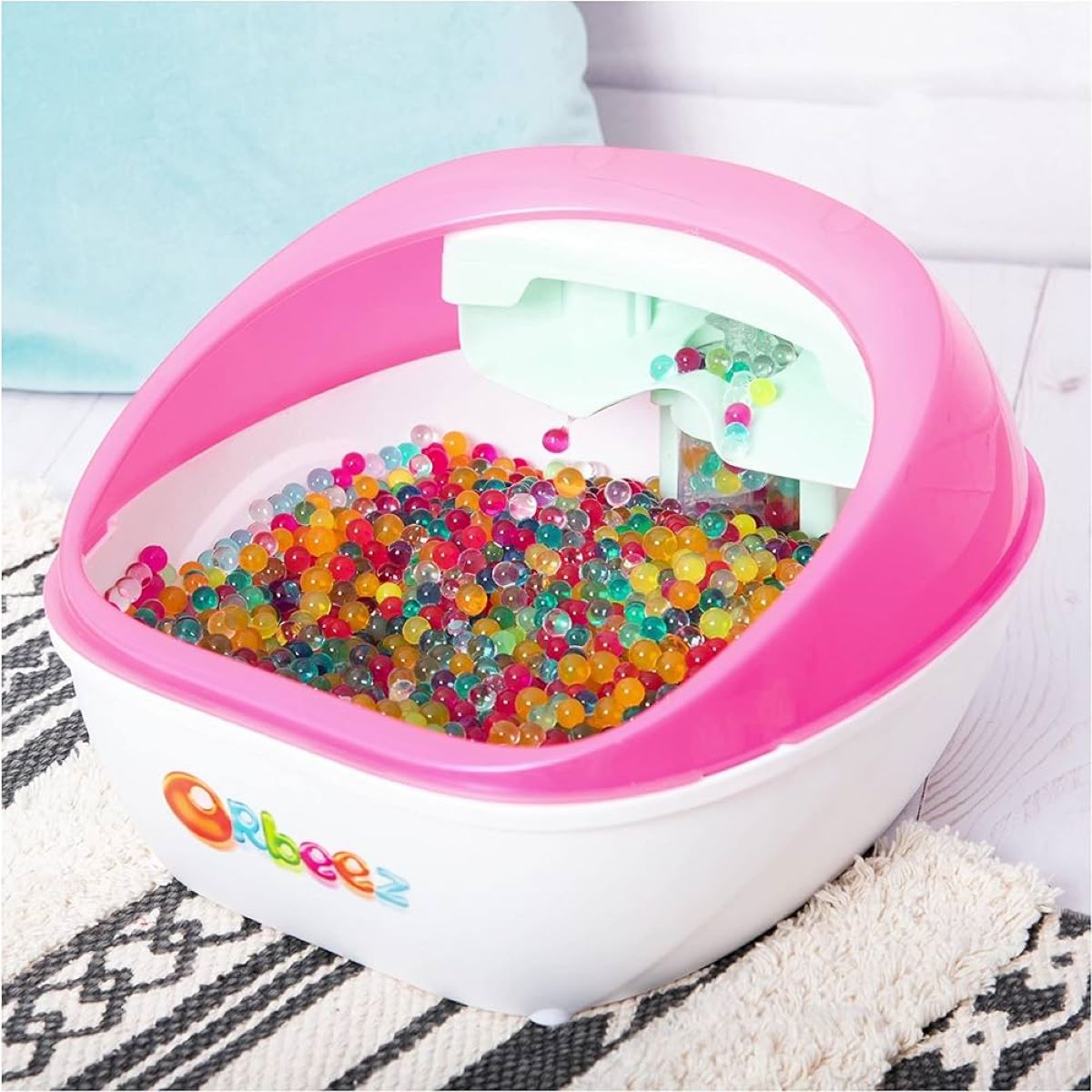
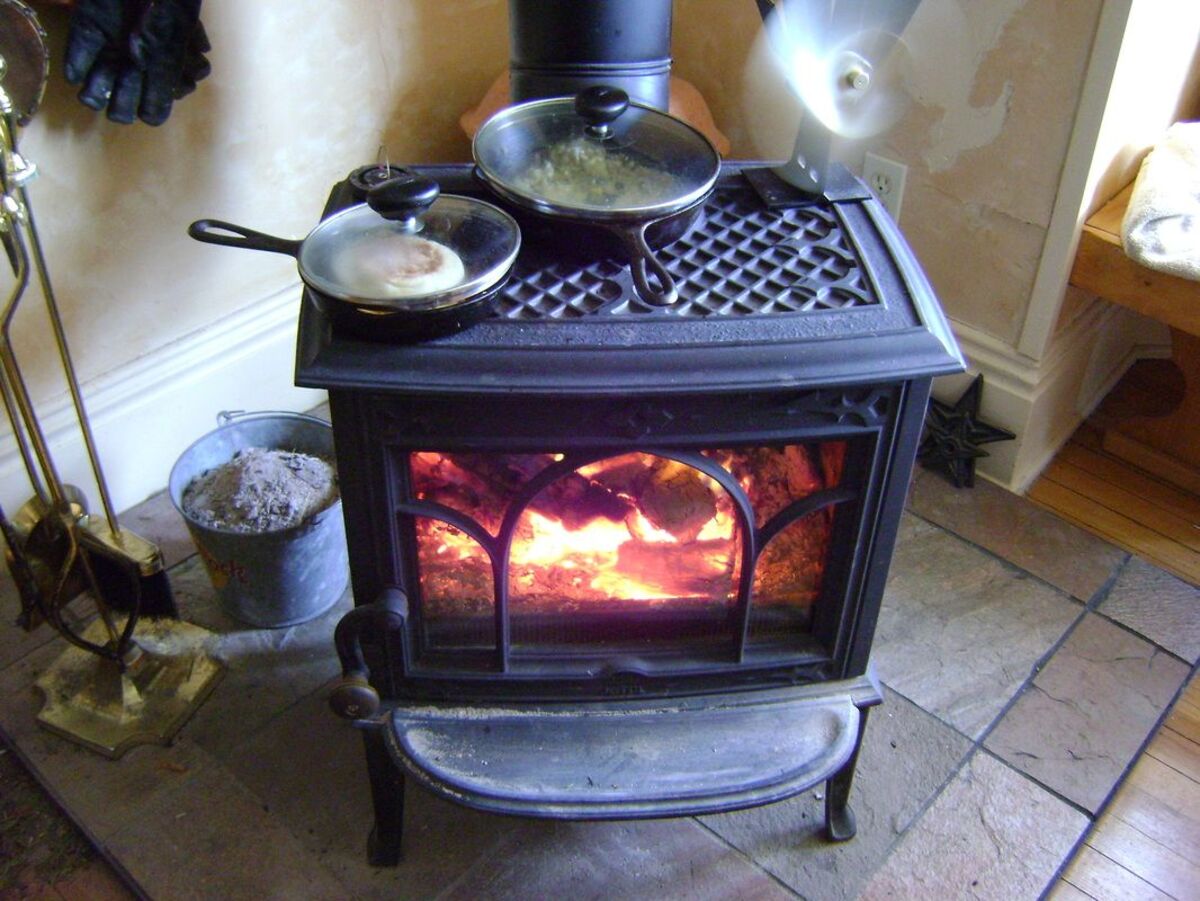

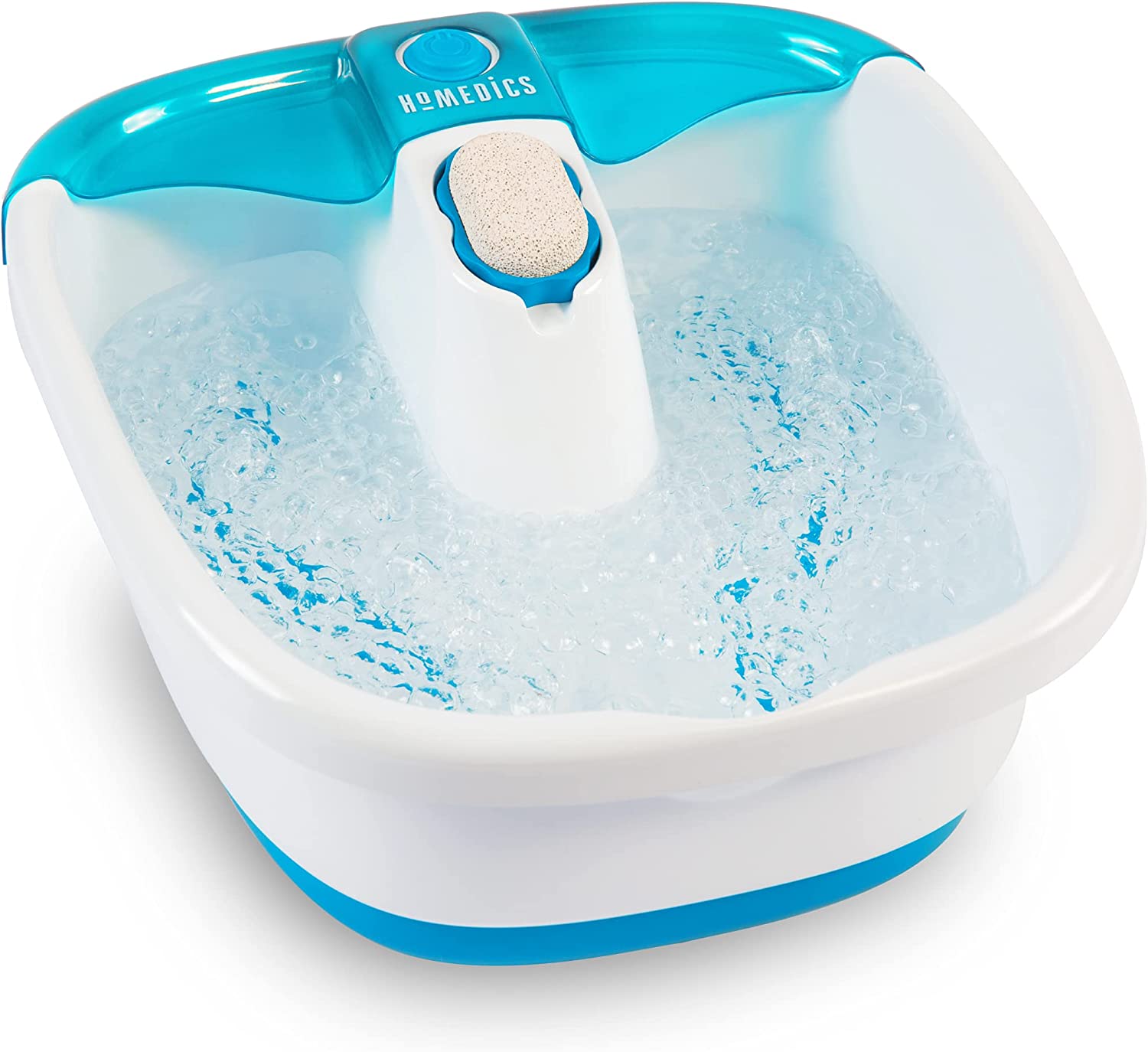
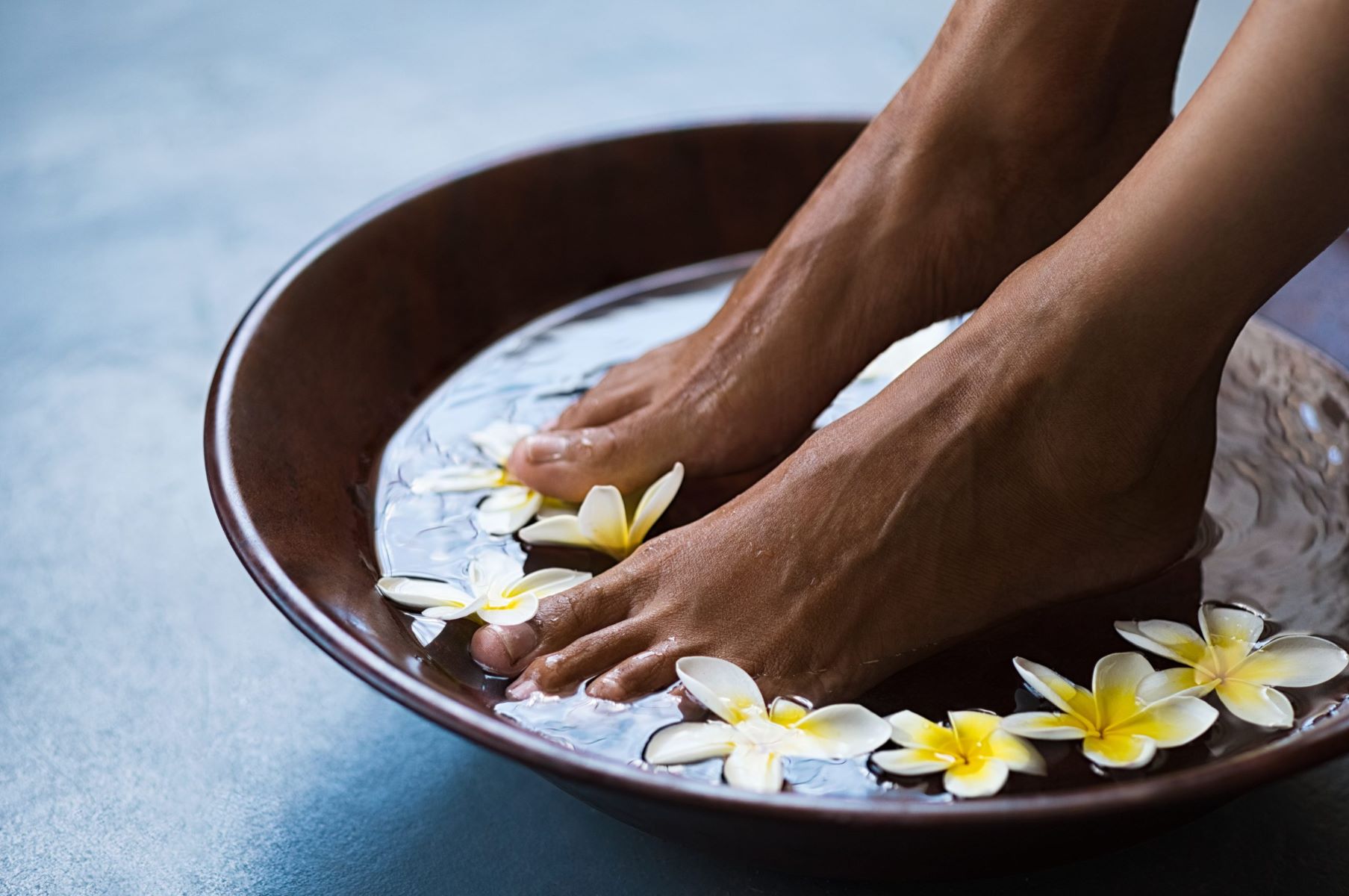
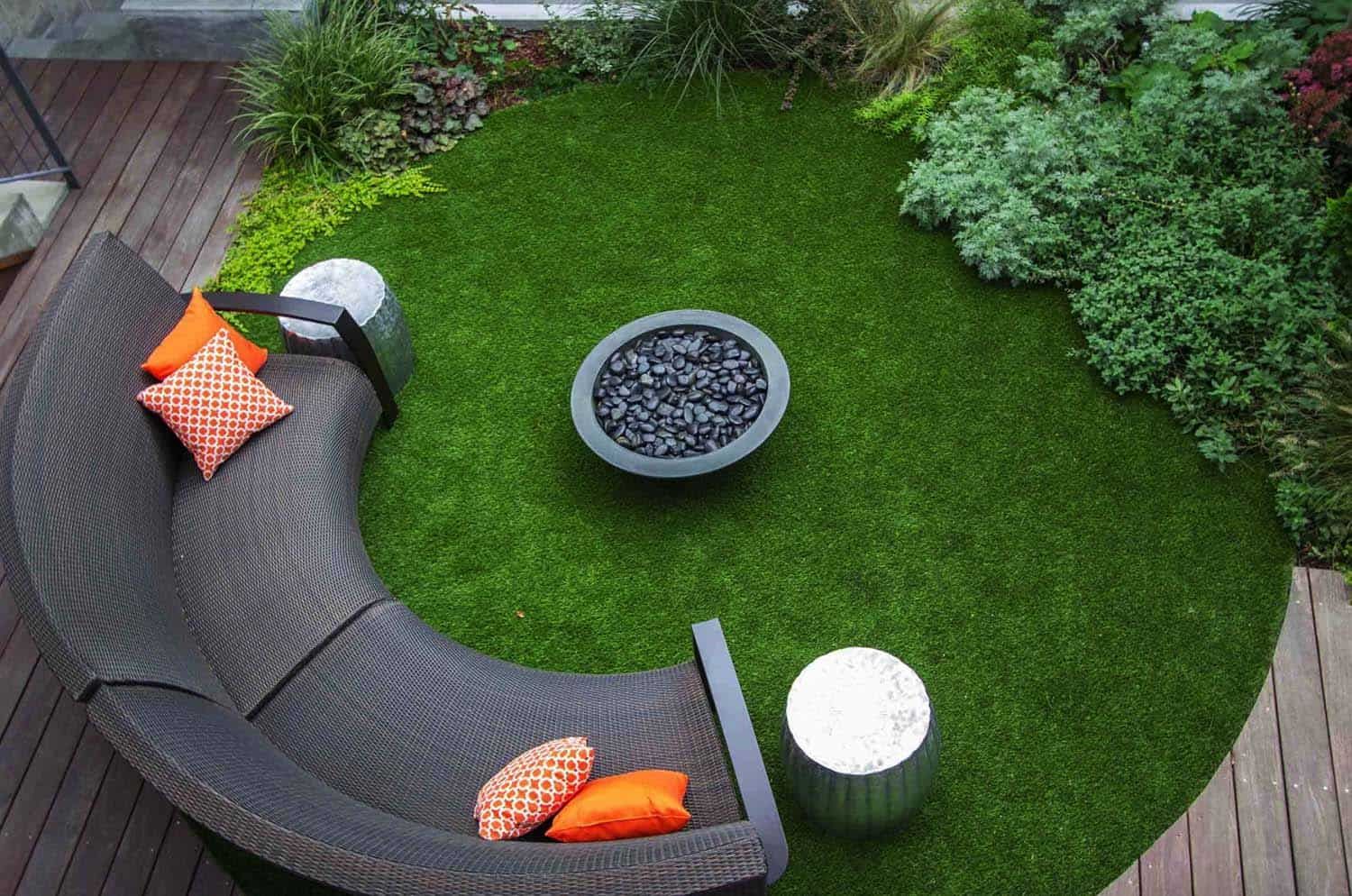

0 thoughts on “What Can I Put In My Foot Spa”